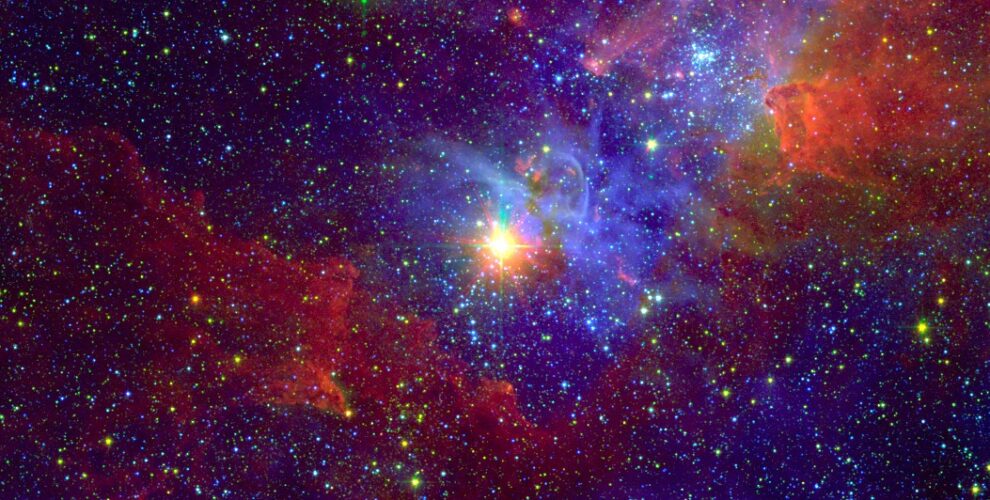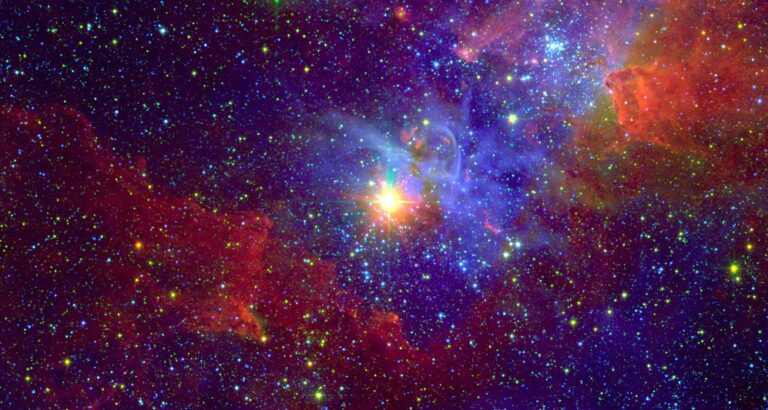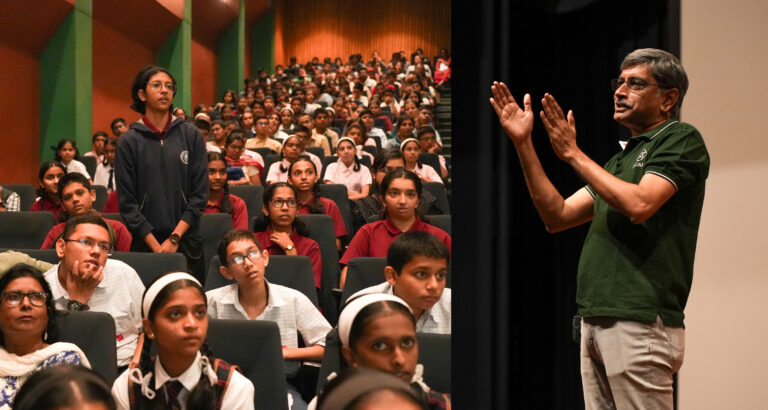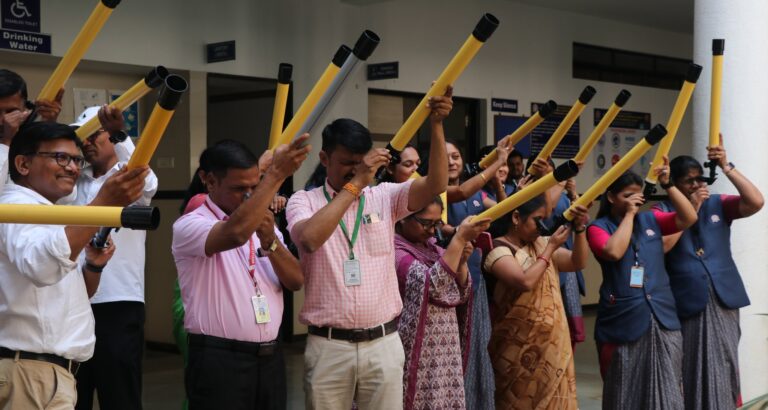
Workshop on Amateur Astronomy Observations of Variable Stars
November 28-29, 2025 | IUCAA, Pune
The Inter-University Centre for Astronomy and Astrophysics (IUCAA) invites enthusiastic amateur astronomers (or representatives of such groups) to participate in a two-day event dedicated to observations and studies of variable stars with their own instruments. This workshop aims to bring together motivated amateur observers and professional astronomers to exchange knowledge, build skills, and strengthen collaborations in this exciting field of observational astronomy.
Applications are closed now.
Deadline for Applications: October 25, 2025
Workshop Poster: Download PDF here
About the workshop
Variable stars — stars whose brightness changes over time — are valuable tools for understanding stellar physics, distance measurement, and galactic structures. Amateur astronomers have always played a big role in discovering, tracking, and studying them. They have made significant contributions to this area. The American Association of Variable Star Observers (AAVSO) is a leading example of an organised effort that has over 6 million observations of variable stars by amateur astronomers, compiled since its founding in 1911.
This event at IUCAA will focus on equipping selected participants with practical techniques and research-oriented approaches. Arranged at the end of an international conference on variable stars at IUCAA, there will also be opportunities for direct interaction with professional national and international astronomers, actively engaged in stellar variability studies.
There is no fee for attending this workshop although the seats are limited. IUCAA will provide some support for selected outstation participants based on their capacity and commitment.
LOCATION: PUNE
At the campus of IUCAA in the city of Pune, Maharashtra, with stay and local hospitality support available for a limited number of outstation participants
28-29 November, 2025
Including training sessions, observation sessions, interaction with international professional astronomers and visit to an active amateur observatory setup
Who should apply?
Dedicated amateur astronomers (individual / groups) having equipment & willing to take up variable star observation projects over long periods of time
- Highlights of the Event
- Hands-on sessions on observing techniques for variable stars
- Demonstrations on plotting and interpreting light curves
- Training in basic data analysis and error estimation
- Opportunities for direct interaction with professional astronomers actively engaged in stellar variability studies
- Guidance on how amateur contributions can integrate with ongoing scientific programs
- Eligibility & Requirements
- This is an advanced level workshop and hence proper knowledge of handling a telescope and imaging with it are needed at the least.
- Participants should have access to relevant instruments (e.g., small/medium-sized telescopes, CCD/DSLR cameras, or photometric equipment) at their own place.
- They must be willing to undertake observational projects, like the ones listed below, to be carried out in the months following the event.
- How to Apply
Interested participants (who fit the requirements) can apply. For groups who want to benefit from this, they should choose one representative to attend and mention their collective resources available. Please fill the details properly as the selection committee will significantly consider the following information :
- Description of observing setup and experience
- Capacity and Commitment to carry out observational projects as a follow-up
- Important dates
Deadline for Applications: October 25, 2025
Notification of Selection: November 01, 2025 (updated)
Registration will be compulsory for attending. Further practical information will be sent only to selected participants. For queries, contact: Samir Dhurde – samir@iucaa.in
* Please do not wait for the last moment to register, because in case of many eligible applicants, selection will be based on application time.
- Observation projects to be undertaken
As a culmination of this event, participants are expected to take up at least five of the observational projects as briefly described below. Reports and light curves etc. will have to be given to the respective IUCAA coordinator during followup interactions. This is a required condition to be selected for this IUCAA supported workshop.
- Algol (Beta Persei) – the prototype eclipsing binary, dips from magnitude 2.1 to 3.4 every 2.87 days. (Make light curve using DSLR/Mobile/Photometer)
- Lambda Tauri (in the “back” of Taurus) – another Algol-type eclipsing binary, less well known due to its smaller magnitude range of 3.4 to 3.9 over 3.95 days. (Make light curve using DSLR/Mobile/Photometer)
- Beta Lyrae – eclipsing binary,12.94-day orbital period, The magnitude range is from 3.3 to 4.4. (Make light curve using DSLR/Mobile/Photometer)
- Delta Cephei – the original Cepheid variable. Magnitude ranges from 3.5 to 4.4 in a cycle of 5.37 days. (Make light curve using DSLR/Mobile/Photometer)
- Zeta Geminorum – Cepheid variable. 10.15-day cycle. The magnitude range is 3.6 to 4.2. (Make light curve using DSLR/Mobile/Photometer)
- Mira – Omicron Ceti, the first properly studied variable. 332 days period. Study the magnitude changes from March to June, 2025, near its peak in April and estimate the peak. (Make light curve using DSLR/Mobile/Photometer)
- Mu Cephei – Magnitude 3.4-5.1, periods 2 and 12 years (Make light curve using DSLR/Mobile/Photometer)
- Alpha Herculis – Magnitude 2.7-4.0 with rough cycles of about 100 days and 6 years (Make light curve using DSLR/Mobile/Photometer)
- Betelgeuse – Magnitude varying between +0.0 and +1.6, with a main period close to 400 days (Make light curve using DSLR/Mobile/Photometer)
- Short period observations of some intrinsic and extrinsic variables ( approx magnitude range 6 to 10) like RR Gem, SZ lyn, AB Andro etc. (Using CCD + telescope)
Come be a part of this unique opportunity to connect your love for the night sky with real scientific discovery. We look forward to your participation in this focused initiative to strengthen the bridge between amateur enthusiasm and professional research in variable star astronomy.
Next



